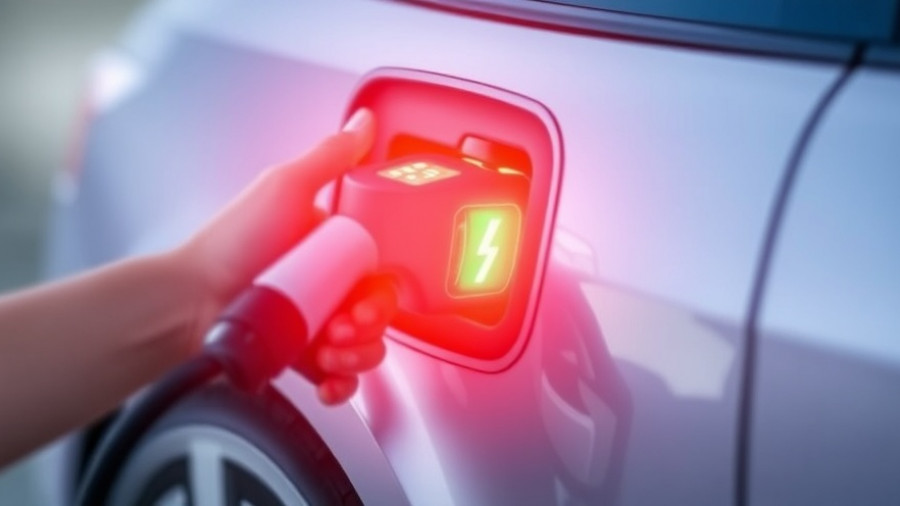
The Future of Battery Electric Vehicles: Parity is Approaching
In the coming years, the landscape of Battery Electric Vehicles (BEVs) is set for a seismic shift. With projections indicating a dramatic reduction in battery prices—up to 70% in five years—BEV manufacturers are preparing to turn the tide in favor of electric mobility.
Historical Context: The Evolution of Electric Vehicles
The automotive industry has seen fluctuating fortunes over the decades, but current trends towards sustainability are pushing BEVs to the forefront. Historically, high costs associated with lithium-ion batteries have limited BEV adoption. However, rapid advances in technology, particularly in battery creation and recycling, are reversing this trend. These changes are crucial as consumers grow increasingly eco-conscious and regulatory pressures mount to phase out internal combustion engines (ICEs).
China's Pioneering Role in Battery Price Reductions
China has taken a leading role in the EV market—both in manufacturing and pricing strategies. The lowering of battery costs is already observable in Chinese models, where local manufacturers have effectively spilled into international markets with competitive pricing structures. This trend offers valuable insights into how pricing strategies can significantly shape market dynamics globally.
Competitive Dynamics in Europe: A Distinct Market Structure
Europe presents a unique landscape where car prices are largely dictated by manufacturers, leaving little room for dealer discretion. The strict pricing mechanisms limit discounts outside of existing stock, effectively creating a scenario where BEV adoption is hindered by high price points. However, with predicted battery price drops, these established practices may soon be disrupted, leading to a newfound competition that could favor consumers.
Changing Consumer Preferences: The Demand for Practicality
As battery prices fall, the demand for more practical and versatile BEVs will increase. Consumers are transitioning their expectations, moving away from minimal-range city cars towards more robust, multi-purpose vehicles—like subcompacts that can tow caravans during the summer travels across Europe. The introduction of larger batteries at reduced costs will be of particular interest to those segments of the market previously underserved.
Future Predictions: A Paradigm Shift for Car Manufacturers
Projections suggest that within four years, BEVs will begin to reach cost parity with ICE vehicles, especially as newer battery technologies come online. Consequently, manufacturers who are proactive in reducing vehicle prices without sacrificing quality may capitalize on what has traditionally been a slow-moving market. Companies that have previously invested in ICE technology now face a pivotal moment where decisive action will yield significant market share.
Barriers and Opportunities: Navigating the Automotive Landscape
Despite these promising trends, hurdles remain. Price-fixing allegations often accompany discussions around automotive pricing in Europe and can stifle competition. Nonetheless, should a benchmark manufacturer take the bold step to slash prices, this could catalyze a broader reduction across the industry. Such actions will not only refresh the market dynamics but could create avenues for manufacturers from emerging markets—like Vietnam or India—to gain traction in the lucrative European BEV domain.
Conclusion: The Electric Future is Near
As battery prices continue to plummet, the transition to BEVs is becoming not just a sustainable alternative but an economically viable one for many potential buyers. The interplay between technology advancements, consumer demand, and competitive pricing will shape the future of the automotive industry. Now more than ever, car manufacturers have the opportunity to embrace a future where electric mobility is the norm rather than the exception.
 Add Row
Add Row  Add
Add 




Write A Comment